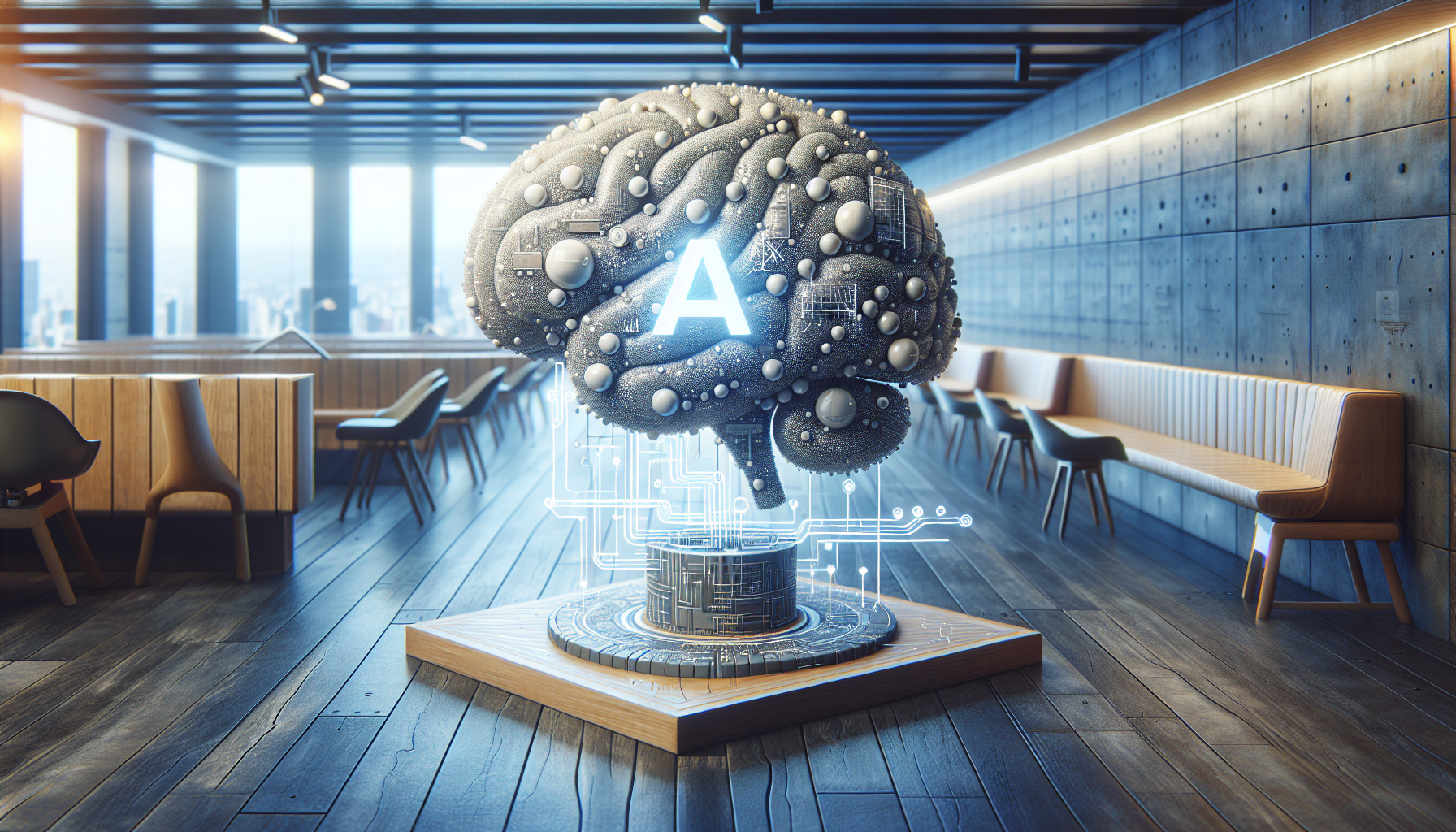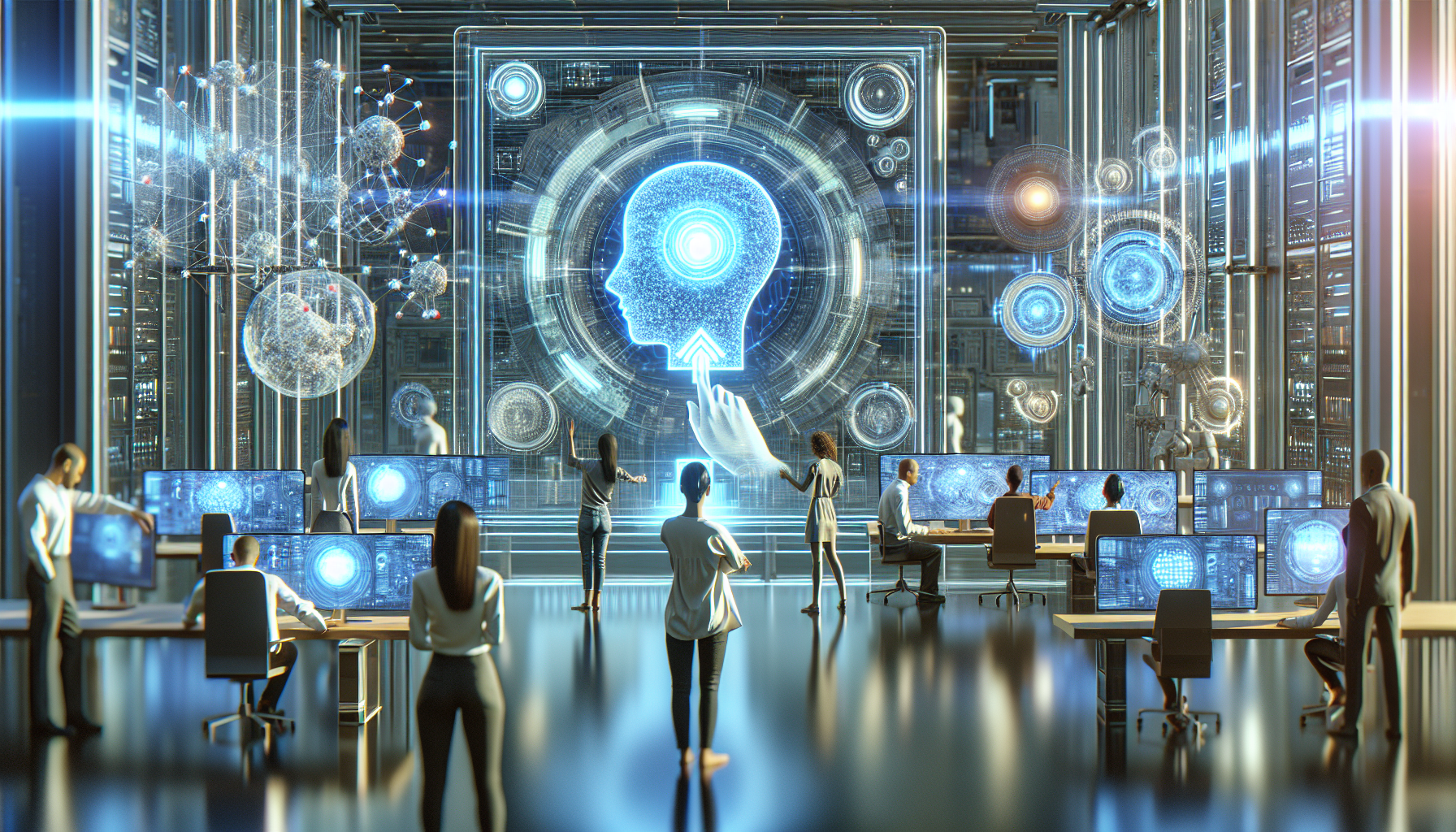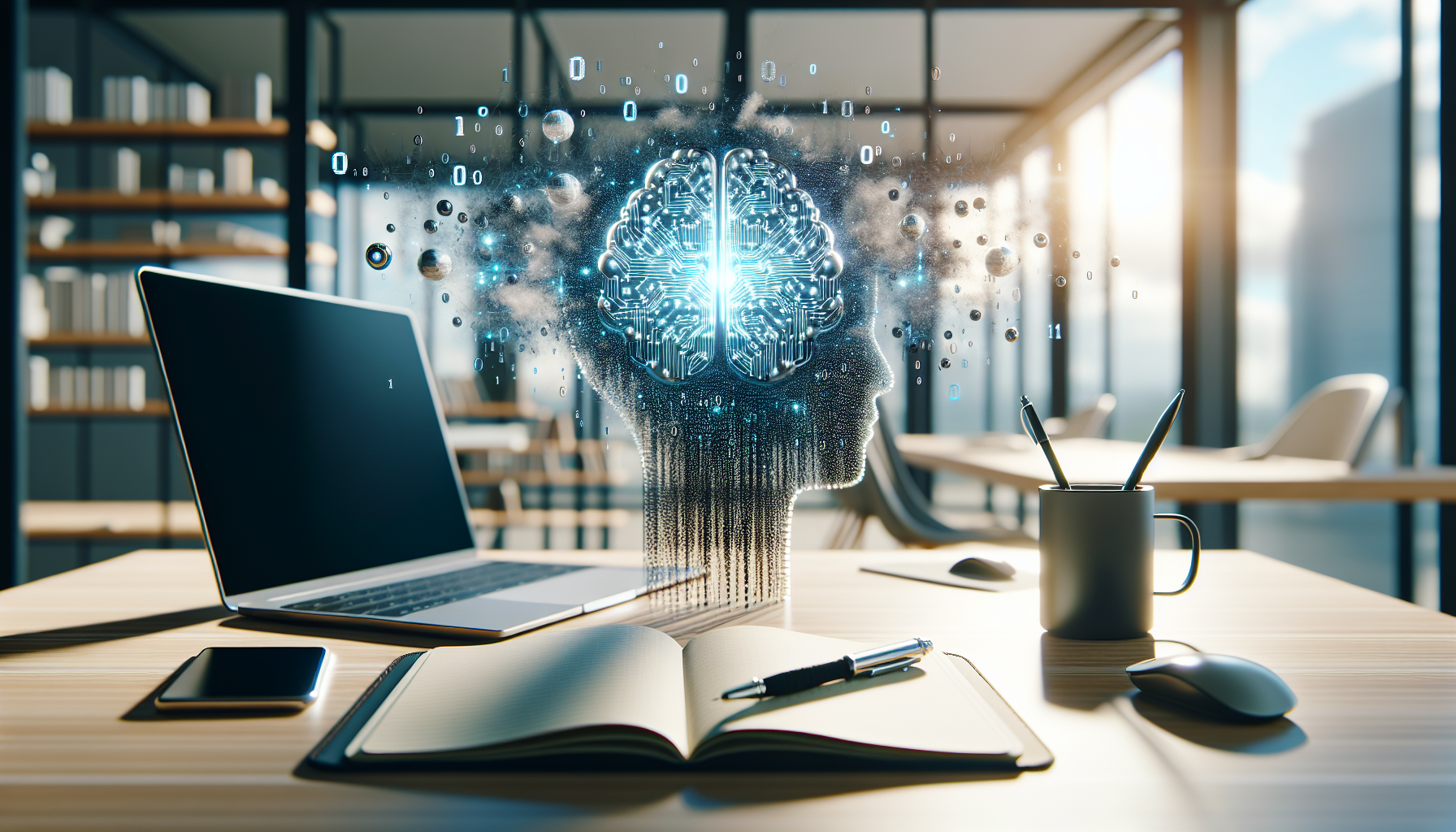
AI and Cybersecurity: A How-to Guide for Safeguarding Against Digital Threats
October 20, 2025
Imagine a world where every digital interaction is secure, where data breaches are relics of the past, and cyber threats are neutralized before they even surface. This is the promise of artificial intelligence in cybersecurity—a dynamic duo poised to redefine how we protect our digital lives. But how can individuals and organizations harness AI to safeguard themselves? This guide will explore practical strategies for integrating AI into your cybersecurity framework.
First, it’s essential to understand the capabilities of AI in this realm. AI can swiftly analyze vast amounts of data, identify patterns, and predict potential threats. Unlike traditional security measures, AI can adapt and learn from each encounter, becoming more efficient and precise over time. But how do you get started with implementing AI for cybersecurity?
Begin by assessing your current cybersecurity infrastructure. AI can only enhance what is already in place, so a robust foundation is critical. Identify the areas most vulnerable to threats—whether it’s outdated software, unsecured networks, or insufficient employee training. By understanding your weaknesses, you can tailor AI solutions to address specific issues effectively.
Next, consider investing in AI-driven security software designed to detect anomalies in real-time. These tools are adept at identifying unusual patterns of behavior that may indicate a cyber attack. For instance, if a user suddenly accesses large amounts of sensitive data outside of normal working hours, AI can flag this as suspicious for further investigation. This proactive approach helps mitigate risks before they escalate into significant breaches.
AI also excels in automating routine security tasks, freeing up human resources to focus on more complex issues. Automated patch management, for example, ensures that all systems are up-to-date with the latest security updates without manual intervention. This not only reduces the burden on IT teams but also minimizes the window of opportunity for cybercriminals to exploit vulnerabilities.
Incorporating AI in cybersecurity is not solely about technology; it involves fostering a culture of security awareness and continuous learning. Encourage your team to participate in regular training sessions that highlight the latest AI tools and techniques in cybersecurity. By staying informed, your organization can swiftly adapt to new threats and leverage AI capabilities to their fullest potential.
Moreover, collaboration between AI systems and human expertise is crucial. While AI can process data at an unprecedented scale, human intuition and contextual understanding remain invaluable. By combining AI’s analytical prowess with human decision-making, organizations can enhance their threat detection and response strategies significantly.
To further bolster your cybersecurity posture, consider integrating AI with other technologies such as blockchain. This combination can provide an additional layer of security by ensuring data integrity and transparency. Blockchain’s decentralized nature makes it inherently resistant to tampering, making it an ideal complement to AI’s predictive capabilities.
However, the integration of AI in cybersecurity is not without its challenges. Concerns about privacy, ethical use, and the potential for AI-driven attacks must be addressed. Establishing clear guidelines and governance frameworks can ensure that AI is used responsibly and ethically. It’s vital to strike a balance between leveraging AI for security and preserving individual privacy rights.
As AI continues to evolve, it will undoubtedly play an increasingly pivotal role in shaping the future of cybersecurity. Yet, the question remains: How prepared are we to embrace this change? Are organizations ready to invest in the necessary resources and training? And perhaps more importantly, are we willing to trust AI to protect our most sensitive digital assets?
The potential of AI in cybersecurity is immense, but its success hinges on our willingness to adapt and collaborate. As we move forward, it’s essential to remain vigilant, informed, and open to innovation. By doing so, we can harness the power of AI to create a safer, more secure digital world—one where threats are not just managed but anticipated and neutralized with precision.


